We got involved with Shiitake Mushrooms through our Agricultural Cooperative Extension Agency. (This is a great resource for any farmer. Make it a point at least to visit your local office and see the different programs they have going on for the farmer.) Back in 2003, our local office started helping traditional tobacco farmers transition into some other type of crop. They proposed growing both edible and medicinal Mushrooms.
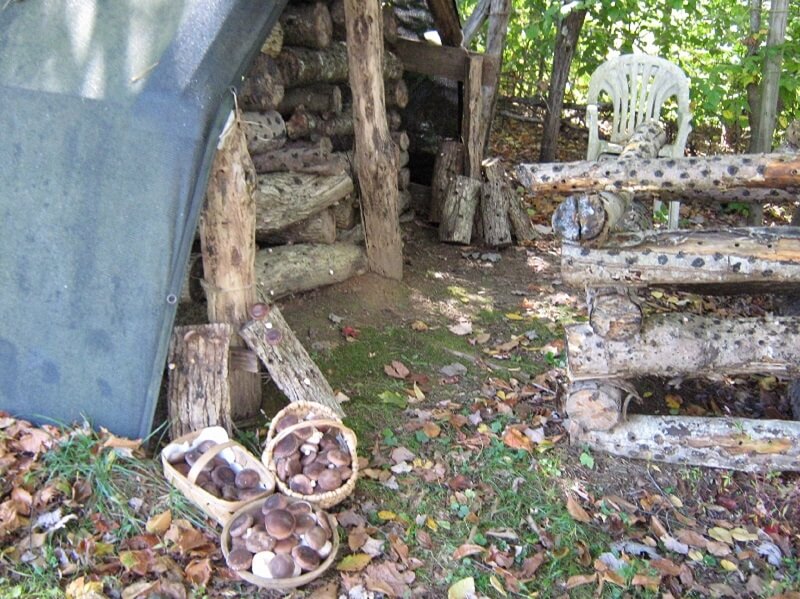
By growing both, a farmer has two ways to sell mushrooms. You can grow edible mushrooms and sell to farmers markets, restaurants and health food stores. With medicinal mushrooms, you can pursue the herbal stores and sometimes you can reach out to acupuncturists’ offices. A diversified farm would do both!
Dr. Omoanghe Isikhuemhen of North Carolina A&T State University led the program. They proposed this deal: the school would provide enough organic mushroom spore to inoculate 25 logs (3-4 ft. long x 4-8 in. diameter) in exchange for data collected by the farmer on how well the mushrooms produced. The farmer had to agree to keep approximately 200-250 logs for research.
The farmer would be given bags of spore with batch numbers only. When giving their data information, the farmer would refer to the batch number. This was, and is ongoing, research to see which strains of shiitake do best in which areas of North Carolina.
Alan and I signed up right away. That is how The Mushroom Hut @ Fox Farms was born! This was our first experience of Non-Traditional Forest Products (NTFP).
Related Post: Mycelium Guide
We always stress, when starting out on a new venture, to start out small and don’t invest a lot into the project until you see it will work for you. Everything sounds good on paper!
After signing up for the program, we were shown how to inoculate our log and how to care for it while waiting for the harvest—and that would be a very long wait. It can take from 6-12 months for the first fruiting after inoculation (most often 12 months).
Now we’ll show you how to get started.
Equipment And Supplies
- Drill
- Drill bit
- Food-Grade Wax
- Brush/Dauber (to apply the melted wax)
- Spawn
- Logs
- Containers for soaking
You can order most of these supplies from major mushroom spawn and equipment suppliers (examples: Field and Forest, Fungi Perfecti).
Assuming you already have a drill, total cost for all these supplies will be around $100.
Then, you have to scare up a log. If you have trees on your property, you can cut your own as a last resort. You may contact local loggers regarding logs that are too small for lumber—sometimes they’re sold for firewood. Or you can go into the woods and find a candidate that’s already on the ground.
Location For Your Log Yard
Find an area suitable for the production of the Shiitake. An area that is naturally shaded by trees is an ideal area for your log yard. If you are going to force fruiting, you will need access to water so this will be a consideration when deciding where to put your logs.
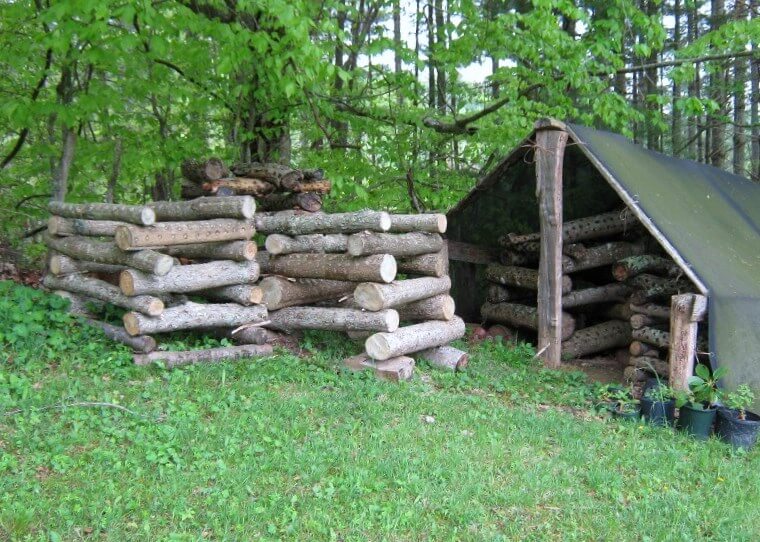
Best Trees For Mushroom Cultivation
Red and White Oaks and Sweetgums are the best trees for mushroom cultivation. These trees will produce longer than other trees due to their high wood density and strong bark.
Here at the farm we have also used Maple, Beech, Ash, Cherry and Birch. Ash takes longer to produce fruit. The others are good producers, but the bark doesn’t hold up long. Experiment to see what works for you and keep records (a regular calendar is great to write your notes on.) Make sure your tree’s bark is in good condition before you decide to use it.
When To Cut Down Trees For Mushroom Cultivation
The trees should be cut in late fall to late winter (Early Spring only if sap is not up). Be careful not to scuff up the bark. Ragged bark can allow other fungi to invade the bark.
Also, this will allow moisture loss and could slow down fruiting or keep it from fruiting at all.
The Proper Size Of Logs For Mushroom Cultivation
Use logs 3-4 ft. long and 3-8 in. in diameter. Keep in mind you will be moving the logs around. After cutting the logs, if you are not going to use them for a few weeks, make sure they don’t dry out.
Keep them out of direct sunlight, watered if it is unusually dry, or loosely covered if it is too rainy. Make sure there is air circulation.
When To Inoculate
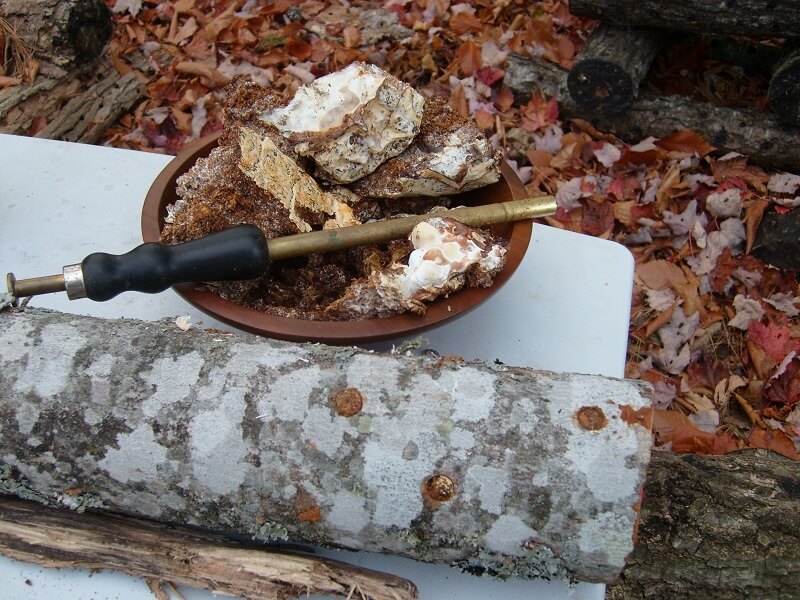
Here in Western North Carolina, we start in March and complete by late April. Contact your local agricultural extension office for suggestions about timing in your area.
Ideally, you’ll use the trees as soon as possible after cutting. Production will be much better if moisture content is high. If you order your spawn before you are ready to use it, you can store it in the bottom of your refrigerator.
The Inoculation Process
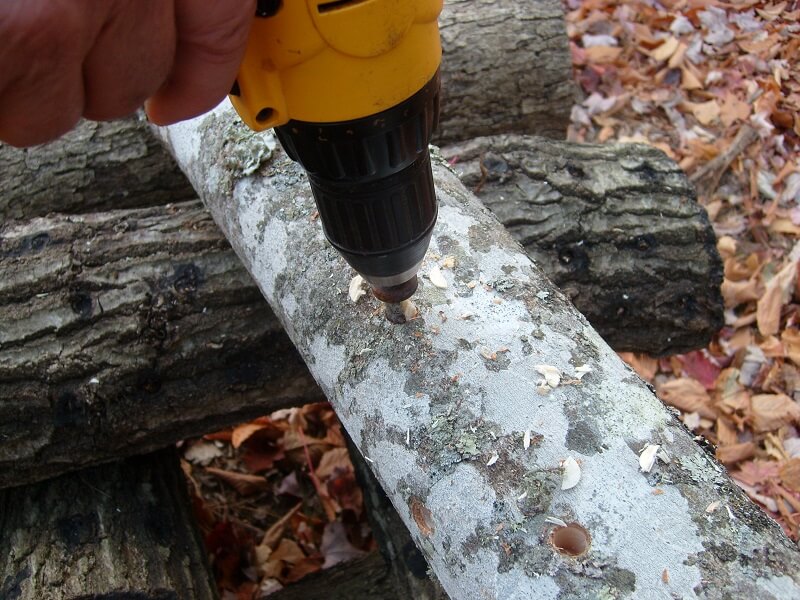
Set up a work station for each task:
- Find a location that will be suitable for an electric drill (if you’re in a remote area make sure you have extra batteries).
- Space the holes 6-8 in. apart in rows along the length with 2-4 in. between rows. The holes should be placed in a staggered diamond pattern. (Closer spacings increase the rate of colonization and more rapid production but the spawn won’t go as far). Use your own judgement.
- Using your thumb inoculator, punch it down into the bag of spawn until the inoculator is full then, put it over the hole in the log and using your thumb press a couple of times to release the spawn into the hole. Make sure the drilled hole is completely full of the spawn.
- Now comes the waxing. You can have the wax slowly melting (on low) while you are doing steps one and two—a slow cooker on low will work. Make sure the wax never gets too hot. Use a natural bristle brush or wax dauber to apply the wax completely covering the spawn/hole. air bubbles. Go over it a couple of times if you need to.
Stacking Your Logs
After you have finished inoculating your logs it is time to stack your logs and wait for fruiting. Fruiting time can be anywhere from 6-12 months from time of inoculation. There are three methods of stacking:
- Low stack: this method is simple. All it involves is leaving your logs on the ground. However, it’s best to lay the logs on top of a pallet or cinderblocks to keep ground fungi from invading the logs.
- Crib style: stacking logs on top of each other, with horizontal layers of logs laid perpendicular to each other.
- Lean-to: lean logs up against a fencing, rail or wire.
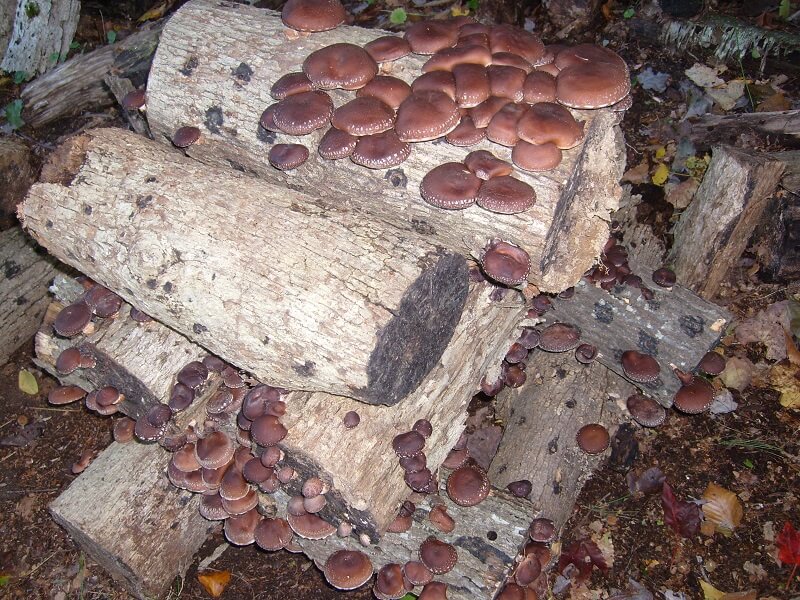
During this time, make sure the bark/logs do not dry out. If it is unusually dry, you can use an overhead sprinkling system, watering hose, or soak the logs in a container. If soaking in a container, soak between 24-78 hours. This can also be done to force fruiting.
Know your water source! Do not use water from a creek, branch or river that has horses upstream of your mushrooms. E-coli has been found in water from this type of source. Test or filter your water to make sure it is reasonably clean.
Harvesting Your Mushroom Logs
Logs can fruit anywhere from 6-12 months from inoculation, due to reasons like the moisture content in logs, strain of mushroom, air temp, humidity, rainfall and light.
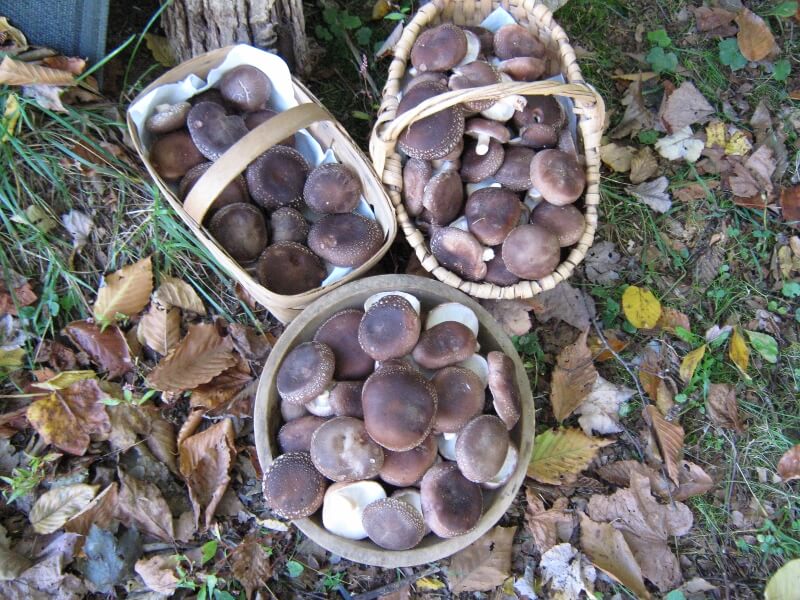
When you see the logs begin to fruit, you can help the fruiting by watering or soaking. It can take about three days for the mushroom to be large enough for harvest. Look under the cap of the mushroom for bugs/snails and brush off with a brush, baster, or plain paper towel.
Collect the mushrooms in box, basket, or stainless steel container. Store them in refrigerator or cool area immediately to preserve their freshness.
Treating The Logs After Harvest
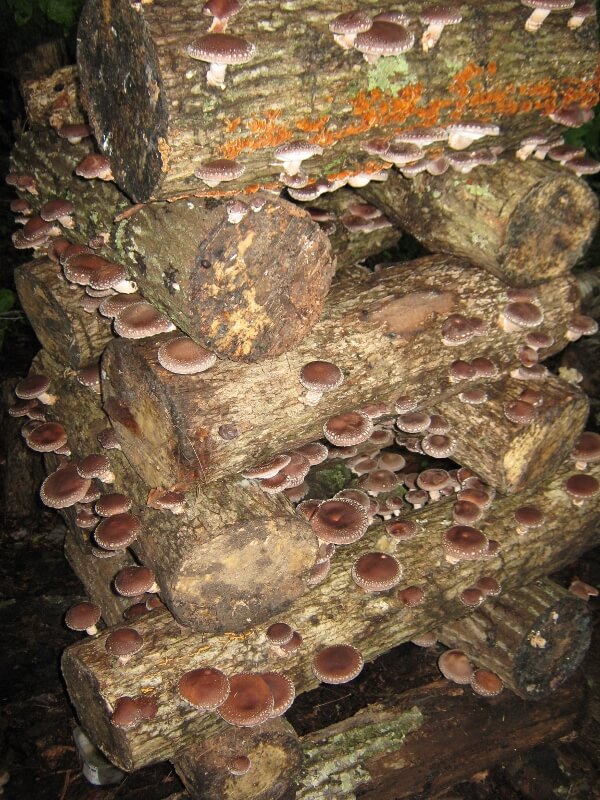
Put the logs in a designated area where you will know these logs have fruited. Keep notes on a calendar as to when you have a fruiting so you can keep up with forcing of these logs.
Only force logs every 6-10 weeks. If these logs have not started to fruit again, you can put them in containers to soak and force another fruiting. After soaking, you can shock the log with a rubber mallet. To do this, just strike the ends of the logs several times. This helps to stimulate the mycelium.
Preventing Pests And Insects
Try to keep leaves raked away from your log stacks. This is a good hiding place for snails and other bugs that love to eat on the mushroom.
You can put out snail baits (saucers of beer) for the snails to drown in. Otherwise you have to pick most of the other bugs off the mushrooms as being picked. There are beetles that like to eat into the wax/spawn. Squirrels may be a problem in some places.
Whatever your reason for growing shiitakes—food, fun or profit—here’s hoping your fungi fantasies are fulfilled!


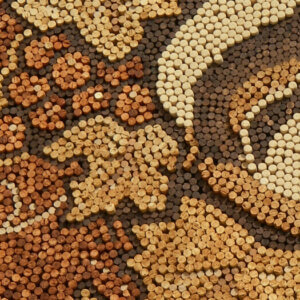


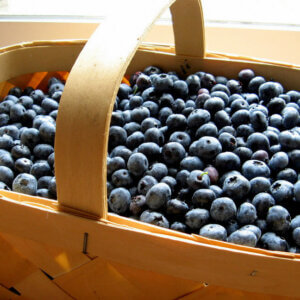


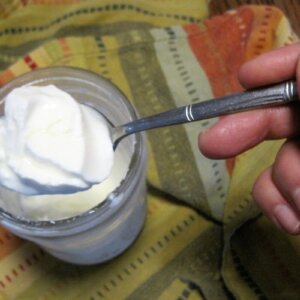
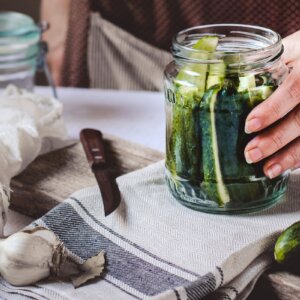
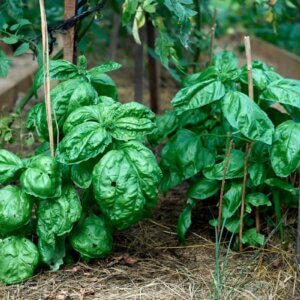
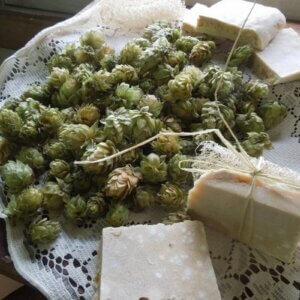









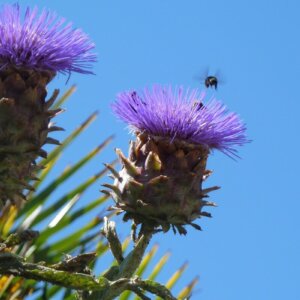
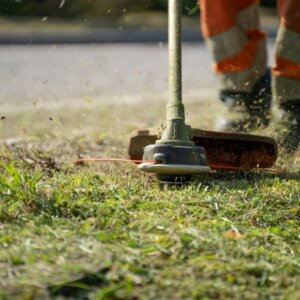
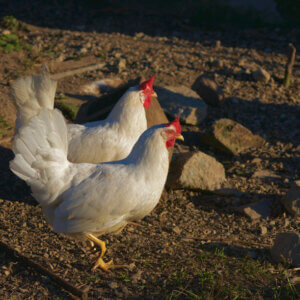

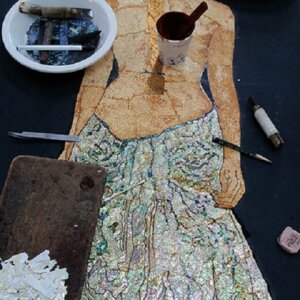
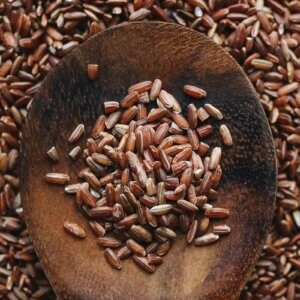




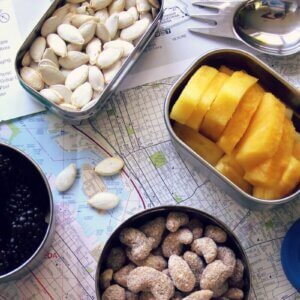
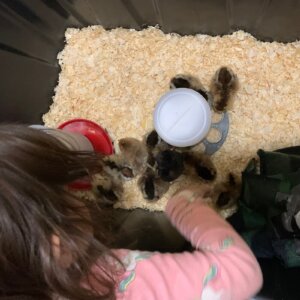
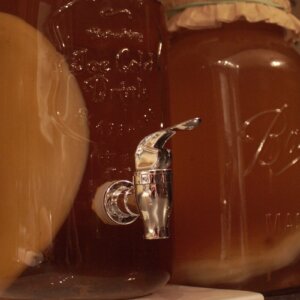
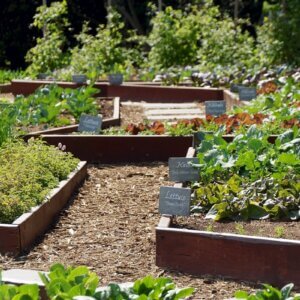
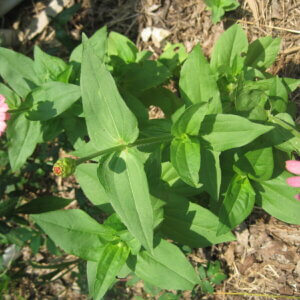
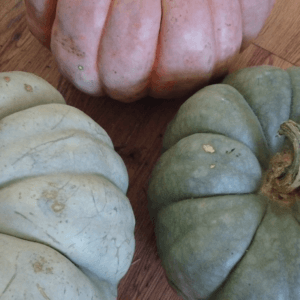
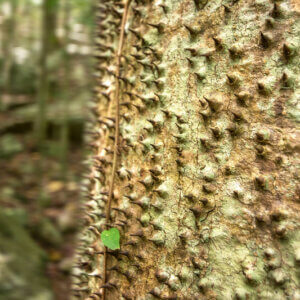
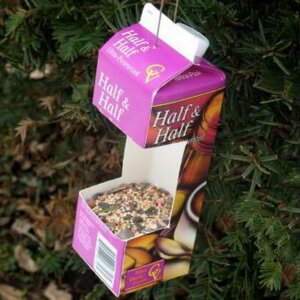



wonder how they would do in Alaska
There are “cold weather” strains that might work for you during parts of your warmer seasons.
You can go online (or order a catalog) to some of the suppliers, such as Field and Forest, to see what they have to offer in the “cold weather” strains of spore.
If you want to buy good quality mushrooms then avoid packing mushrooms. There are some common types of mushrooms cultivated in the world. Mushrooms can tolerate some light, but the spot you choose should stay relatively dark or in low light. I have been running my mushroom business since 2015 after buying logs from Agrinoon(Fujian). I grow mushrooms like Shiitake, Oyster, and Morels.